Surface reactions become less likely when the heating chamber’s atmosphere is strictly controlled as it is in a vacuum oven. When a complete or near-complete vacuum is created, convection, which is the transfer of heat between gasses and liquids, becomes impossible. The only transfer of heat in a vacuum happens as a result of radiation, and radiant heat is reliably even in its distribution. Read More…
Weiss Envirotronics is a worldwide leader in the design, manufacturer and service of environmental test chambers. A complete line of standard and custom chambers, from bench top models to full walk-in and drive-in solutions to meet any testing requirement. Not sure what you need? Let one of our applications engineers help. Weiss Envirotronics, Inc is ISO 9001 registered and A2LA accredited.

Complete finishing systems are designed around your specific process needs and are optimized to fit within your space requirements. We specialize in producing paint systems for wet and powder coatings, while also providing comprehensive design, fabrication, installation, start-up, and training services. Our complete finishing systems consist of an overhead conveyor, pretreatment washer, dry-off...
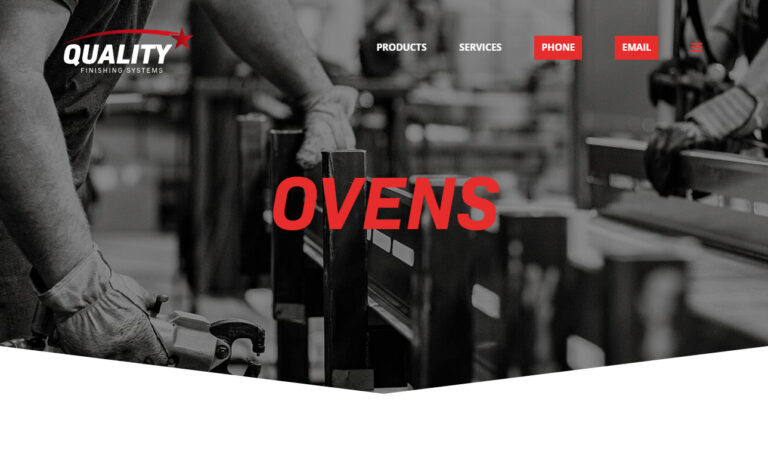
Surface Combustion offers a diverse product offering for batch, continuous furnace designs for atmosphere, non-atmosphere, or vacuum processing of ferrous and/or nonferrous components/materials. The convection design is optimal for temperatures between 350°F – 1400°F and are engineered to perform and built to last.
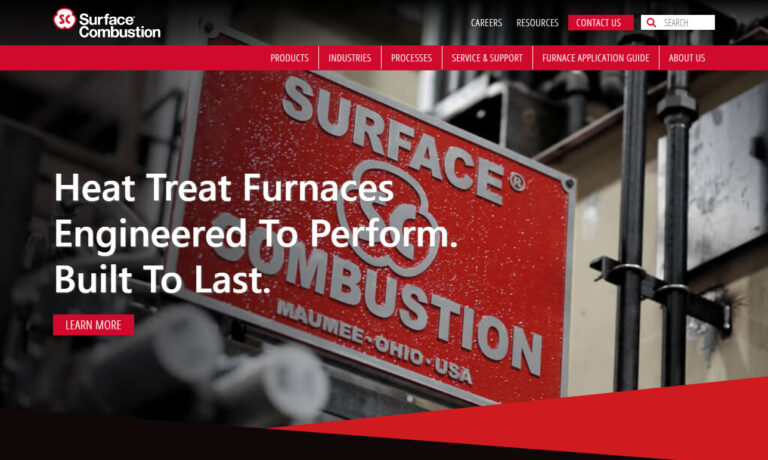
Since 1961, Thermal Engineering’s process & finishing systems contribute to the product quality of many automobile, furniture, paper, plastic & building products. Thermal’s industrial ovens offer savings in regards to time, energy & space and its solutions are designed for maximum flexibility for customers' use and with all applicable safety & code requirements that encompass a quality system.

Kleenair Products designs, engineers and manufactures high quality industrial ovens for industrial process systems. Our aging ovens, coloring ovens, drying ovens and food baking ovens serve many industries. We test fire each oven before shipping, guaranteeing your satisfaction. You will also find other process systems at Kleenair, including furnaces, drying systems, and energy recovery equipment.

C.A. Litzler Co. is ready to help you with your heat processing needs. With 60 years of designing and manufacturing experience, you can rest assured that the industrial oven you need can be built by us. We are determined to find the product that will meet your every need and requirement. Visit our website or give us a call today to learn more about how we can meet your needs.

More Vacuum Oven Manufacturers
Vacuum ovens have a number of advantages over other types of industrial ovens. In drying, negative pressure from the vacuum works together with the heat allowing drying to take place at lower temperatures than would otherwise be possible. Some laboratories use vacuum ovens for drying heat-sensitive materials. Vacuum ovens may be walk-in or truck-in batch ovens or smaller cabinet ovens.
The process of applying heat treatment begins with loading an item or several items into an oven. Unlike with other heat treating processes, the number of kinds of ovens available to heat treating technicians is limited; conveyor ovens are not suitable solutions in vacuum heat treatment.
Outside the confines of a vacuum chamber, atmospheric conditions cannot be maintained. Within the vacuum chamber, there would be no use for a conveyor as heat distribution is completely even throughout the chamber. The most likely variety of industrial oven in vacuum heat treatment contexts would likely be a batch oven if several smaller items were to be treated. In the case of a single, large item, a walk-in or truck-in oven would be suitable. The chamber would be sealed after loading the oven, and a vacuum would be created by pumping atmosphere out of the chamber.
Any variety of heat sources could be used to heat the newly evacuated chamber; gas-fired ovens and electric heat sources are both used to heat vacuum ovens. The product, once sufficiently heated, is sometimes quenched with an inert gas that allows the product to cool quickly. The gas is then evacuated through heat transfer equipment, and the product is ready to be removed from the vacuum chamber.

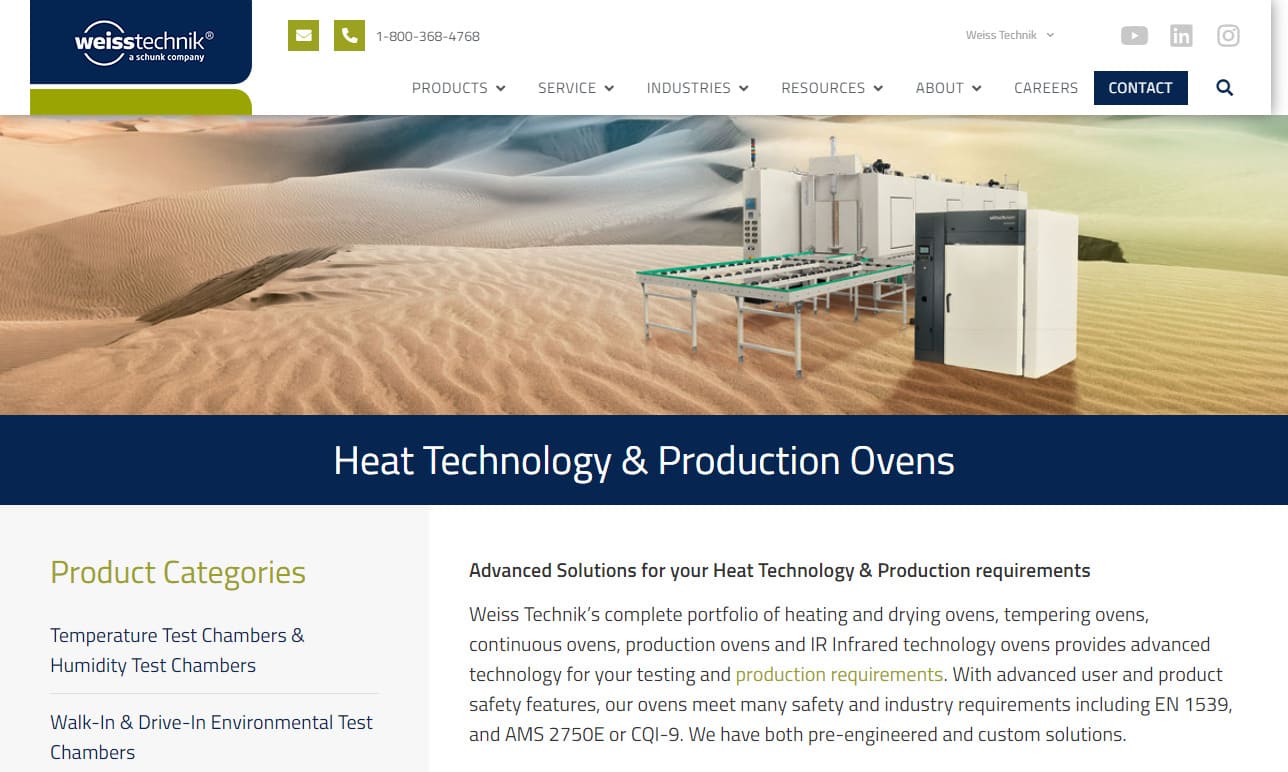
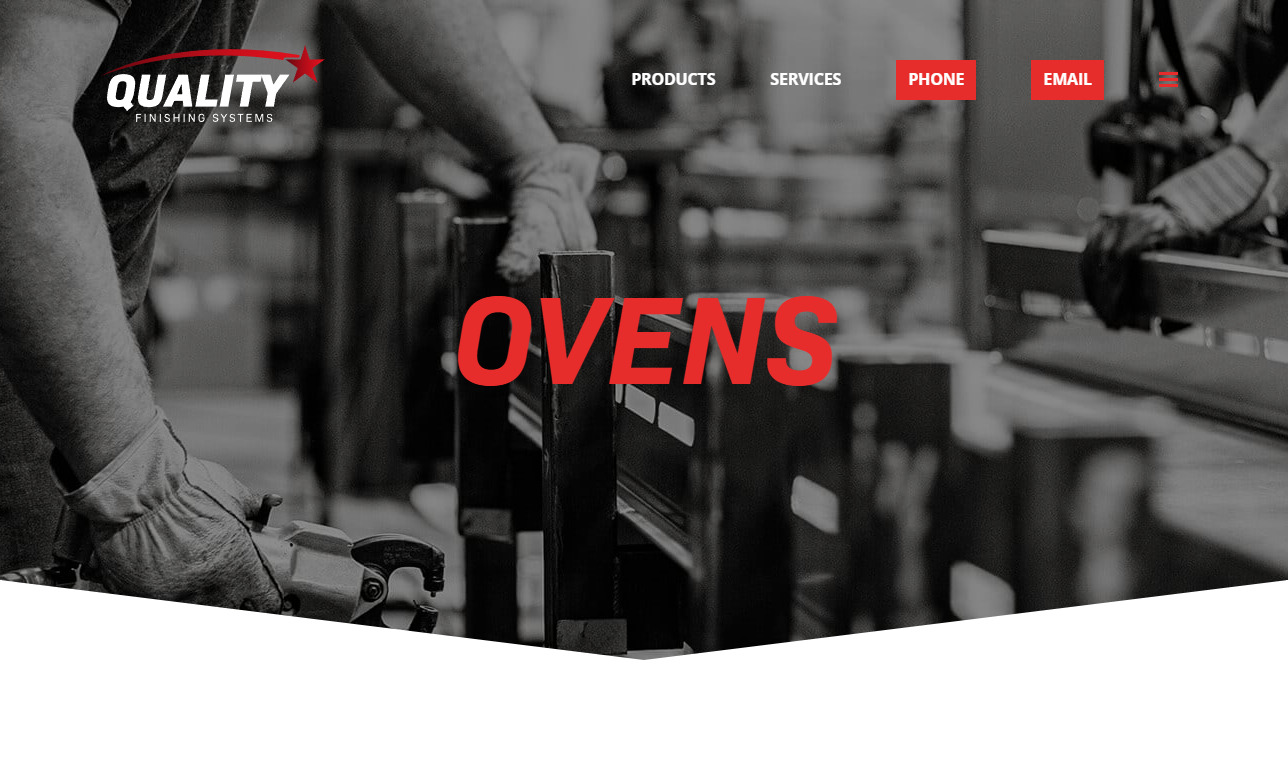

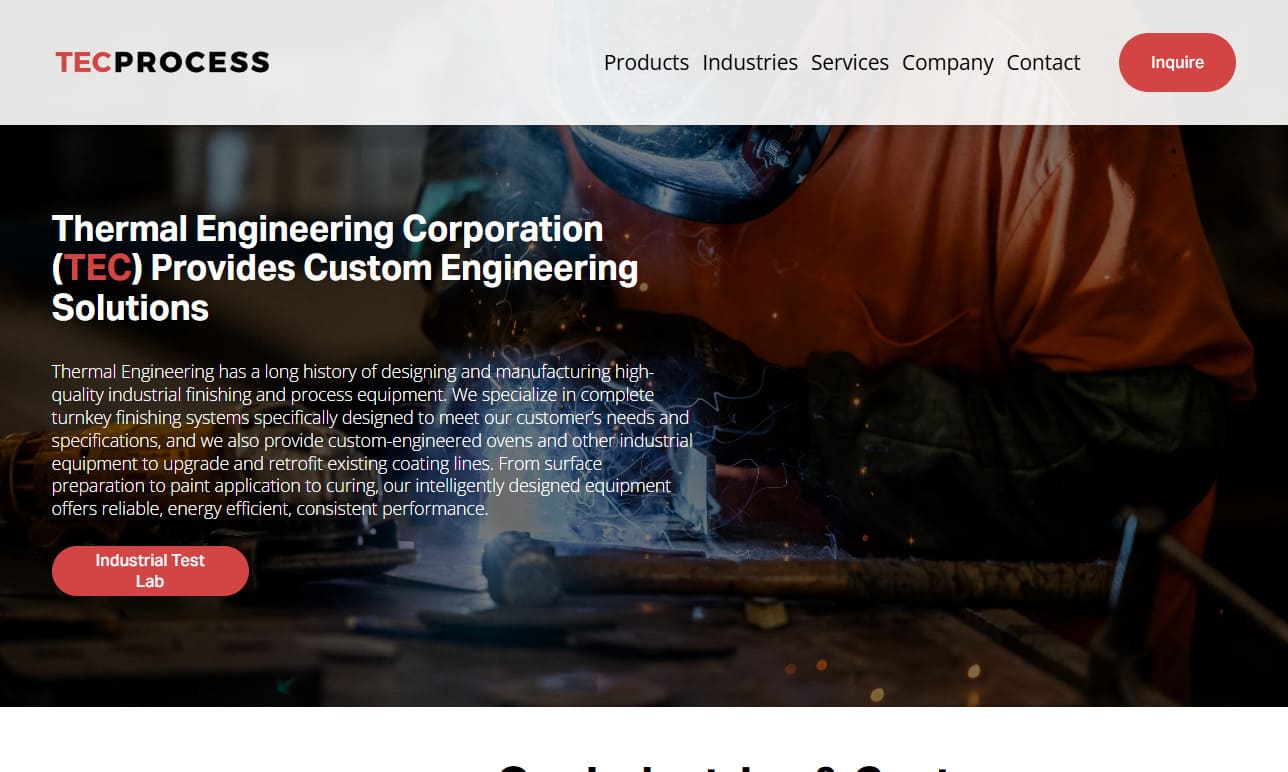

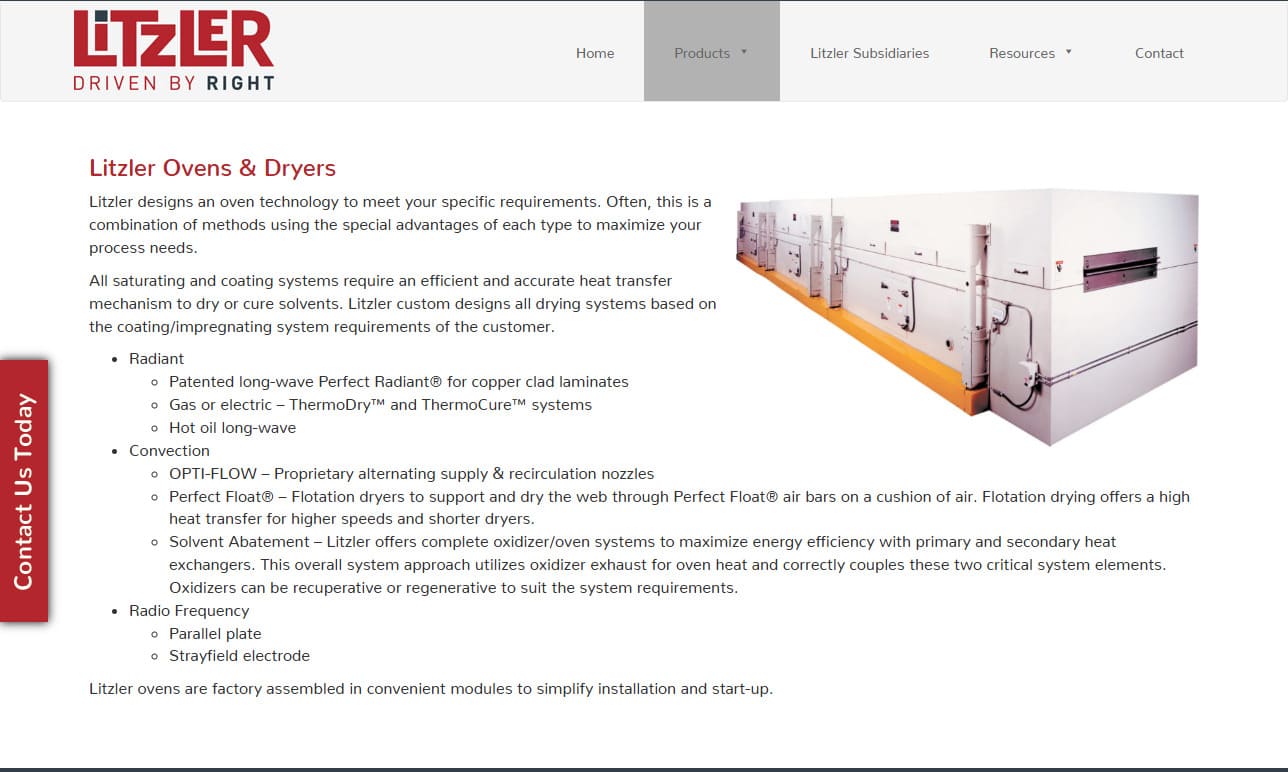

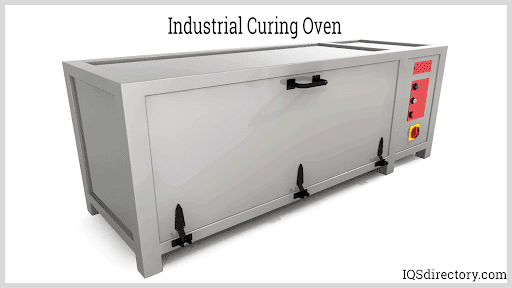
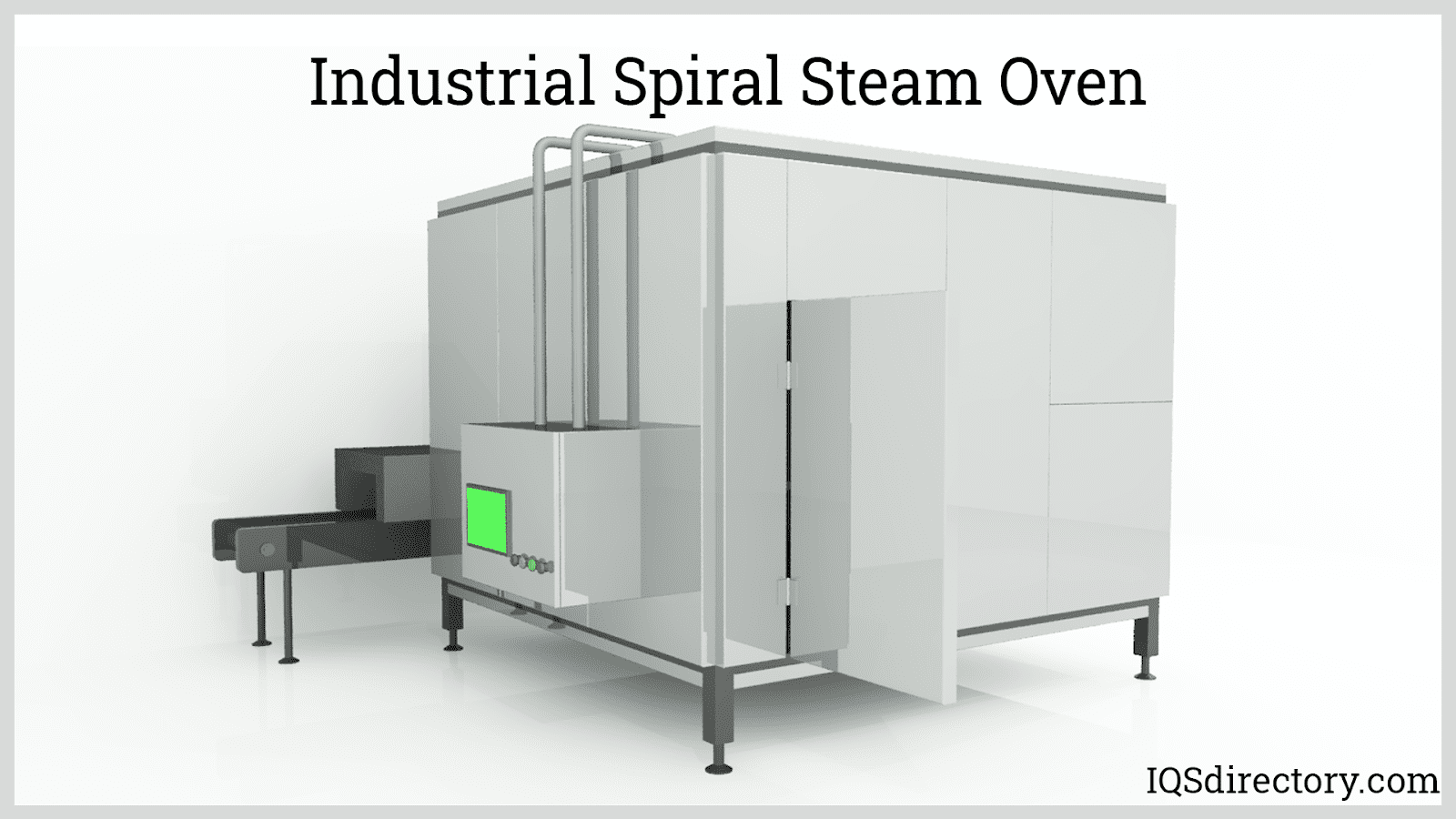
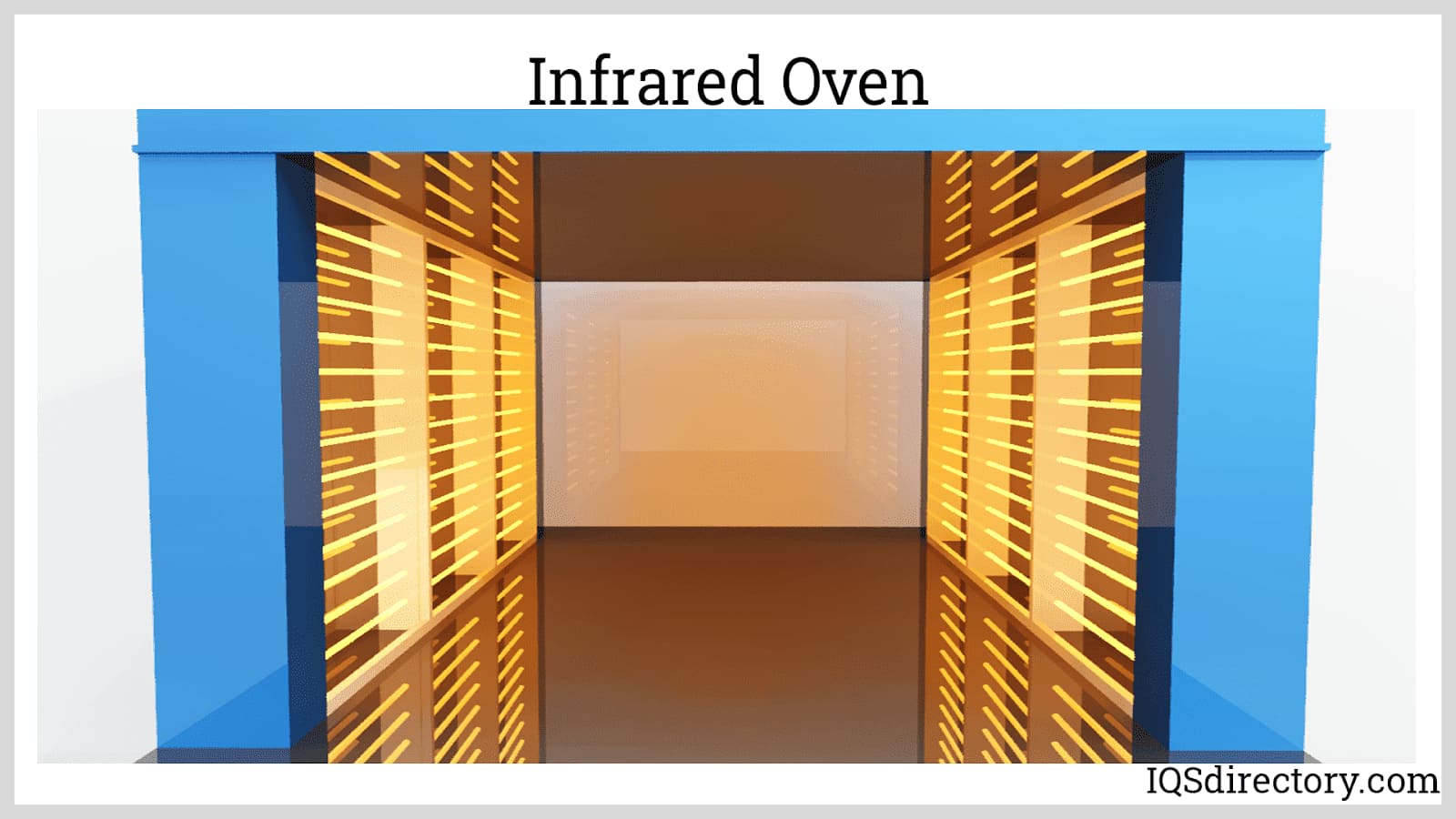
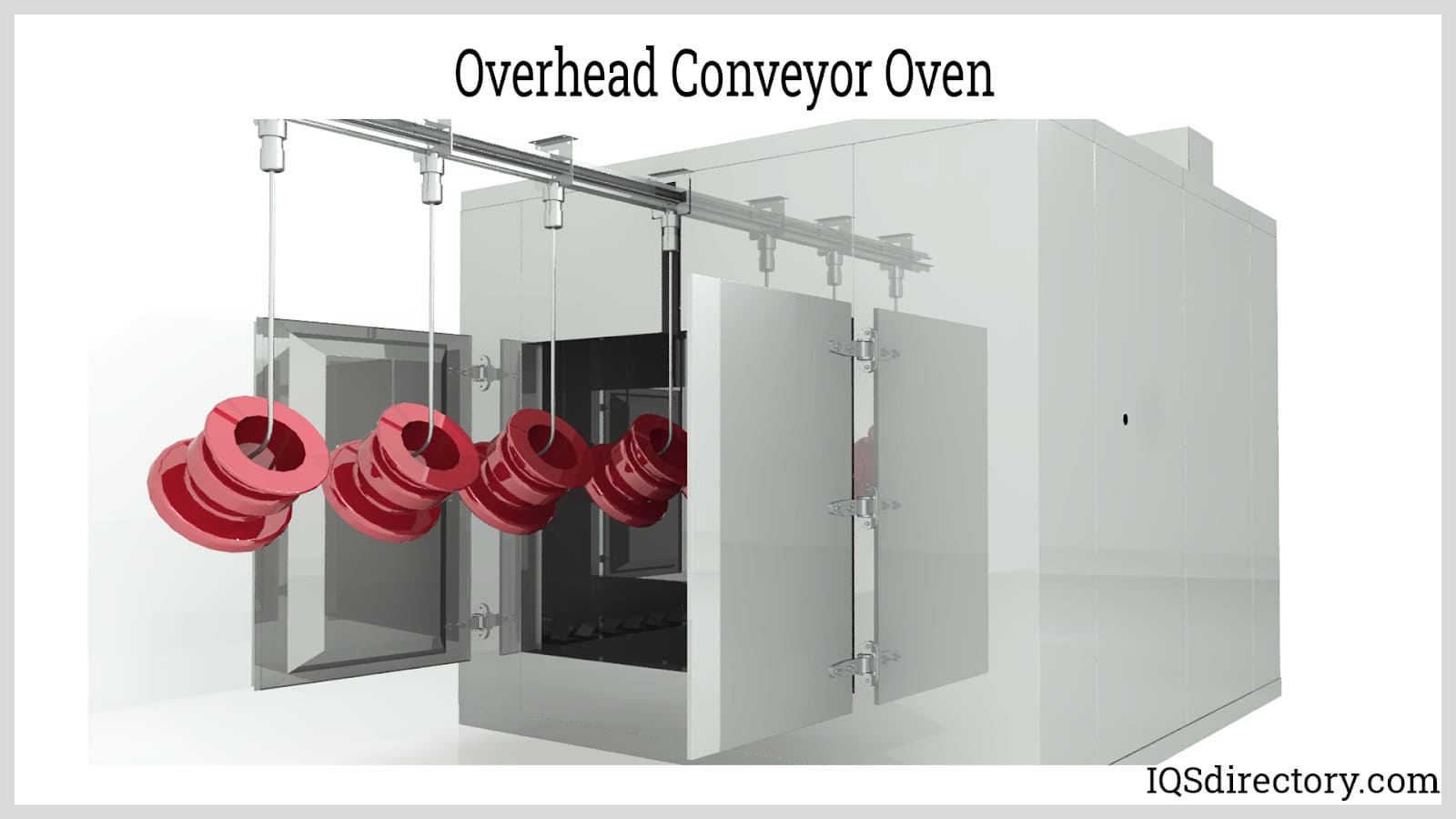
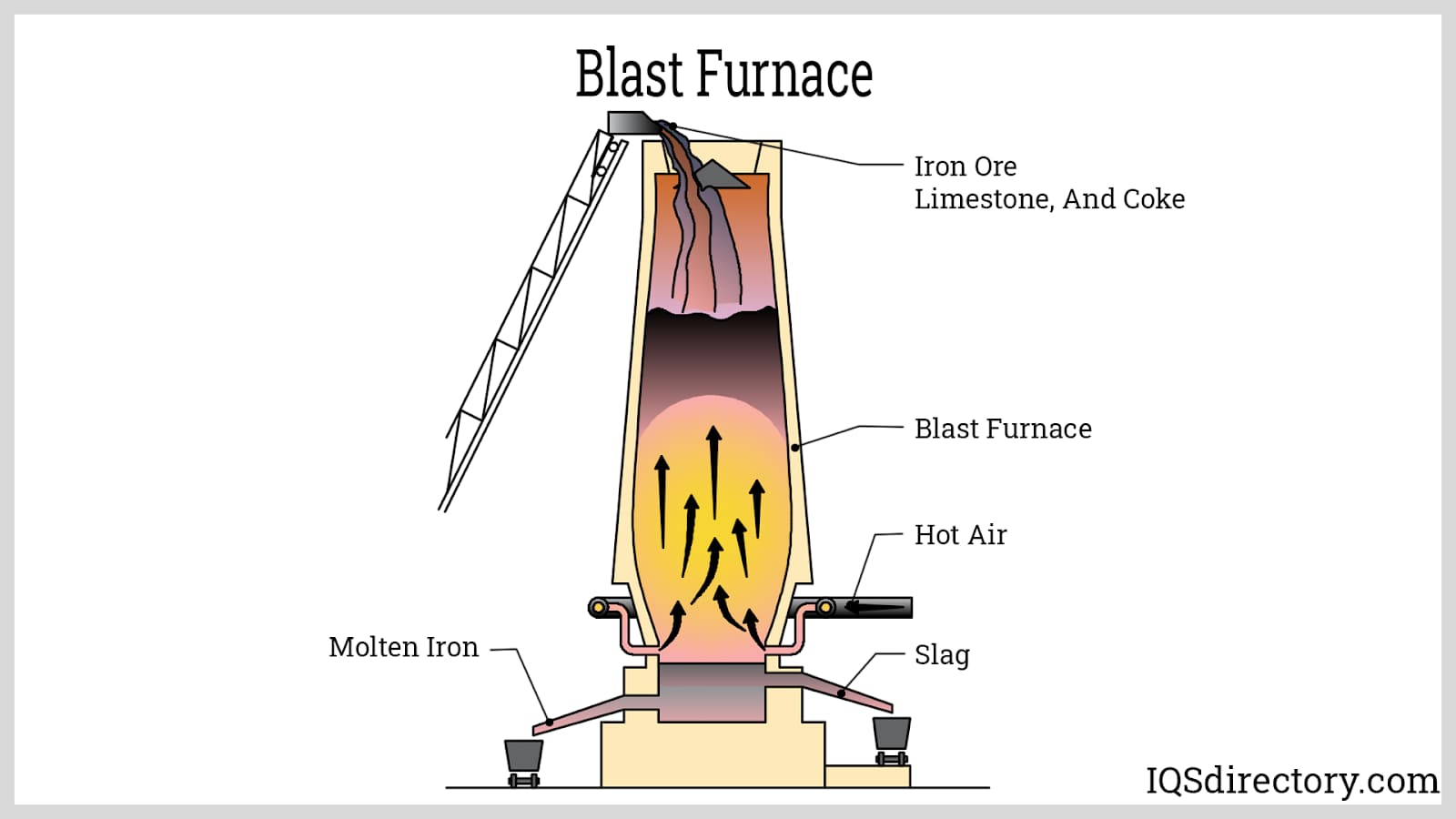
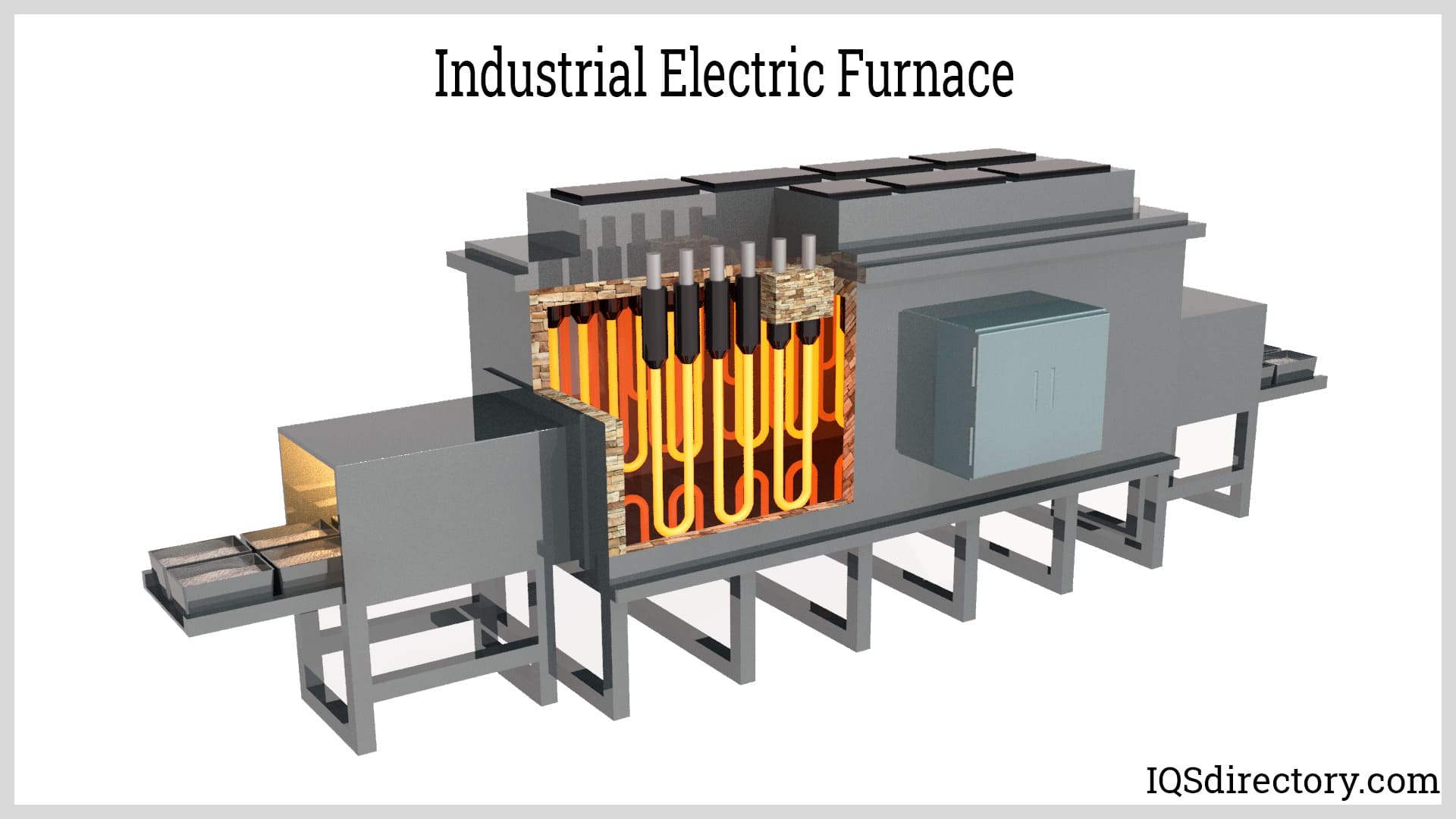
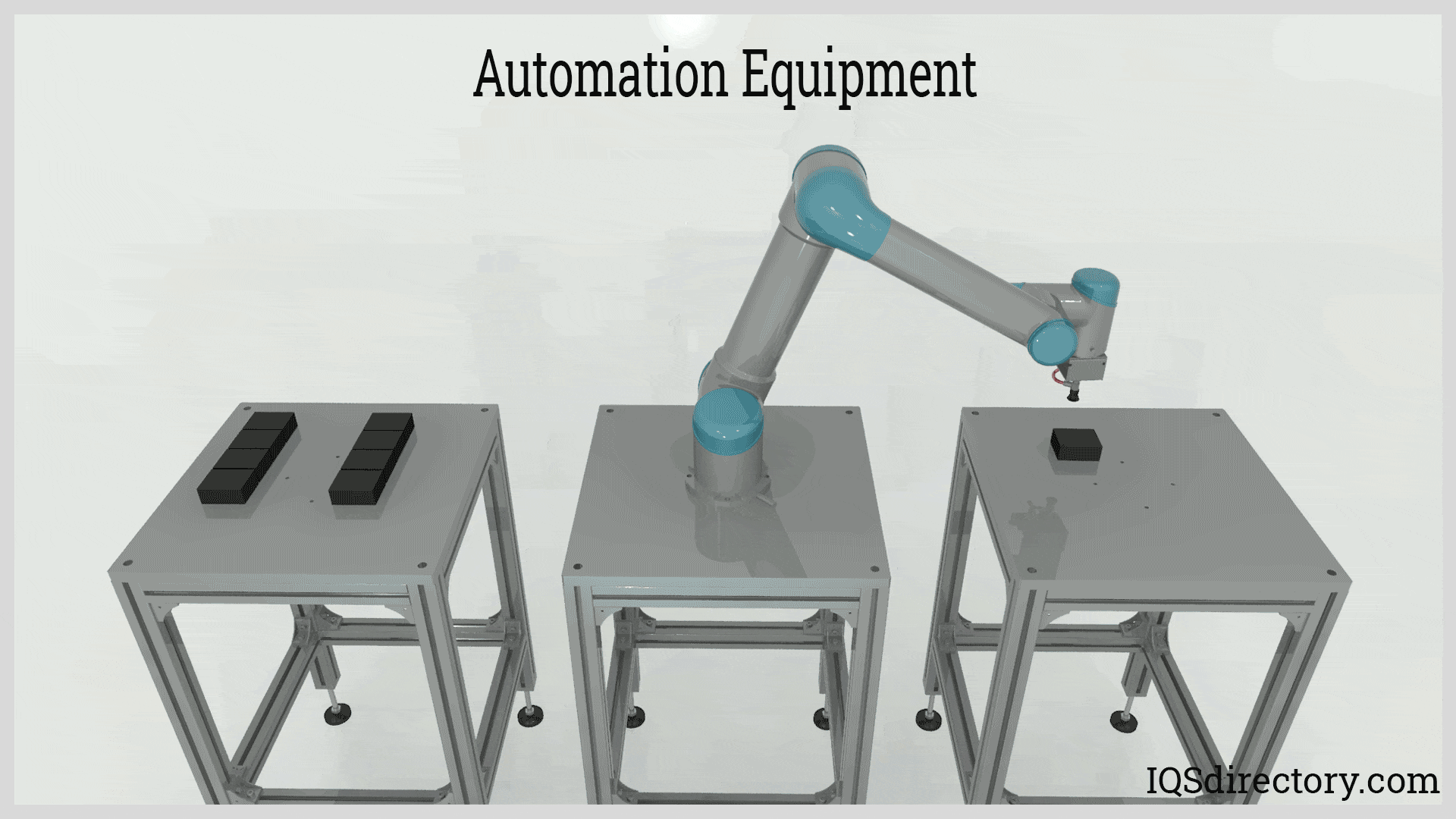
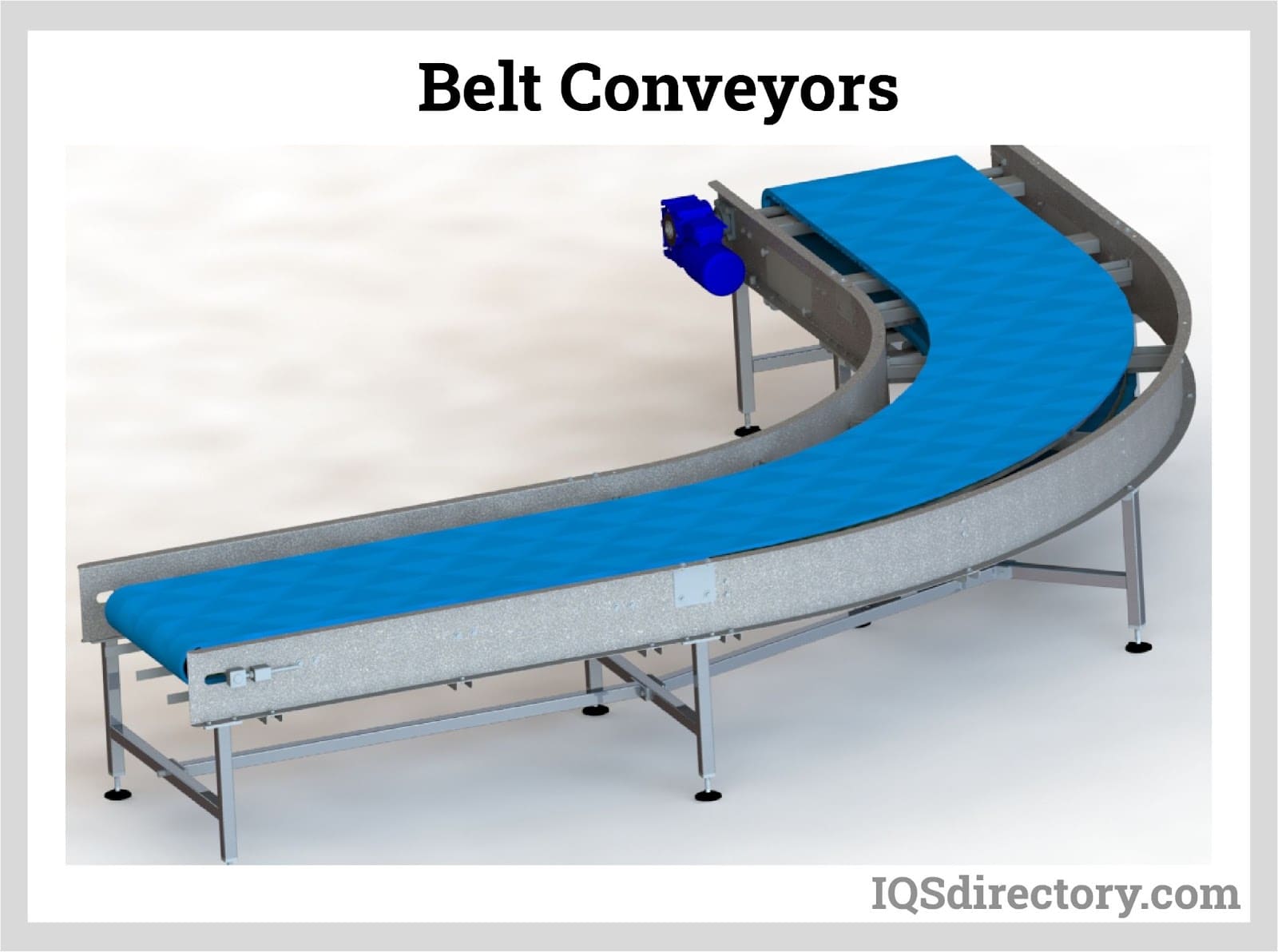
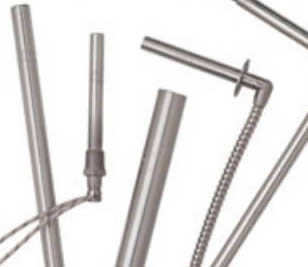 Electric Heaters
Electric Heaters Industrial Dryers
Industrial Dryers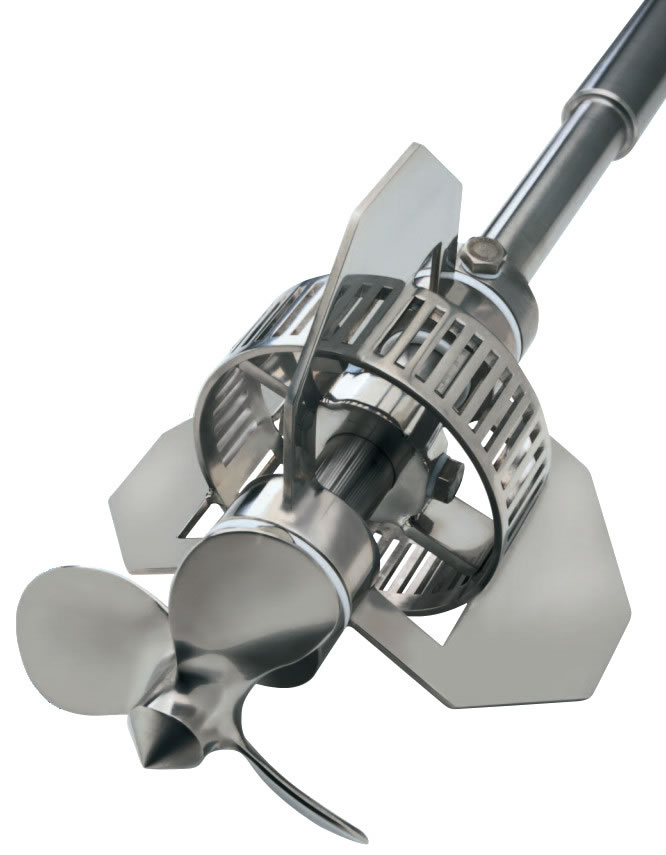 Industrial Mixers
Industrial Mixers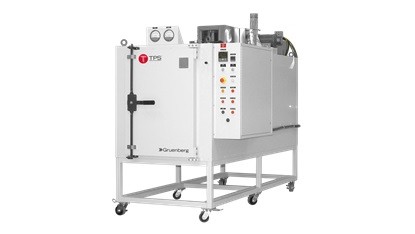 Industrial Ovens
Industrial Ovens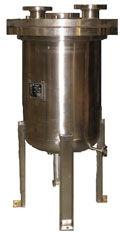 Pressure Vessels
Pressure Vessels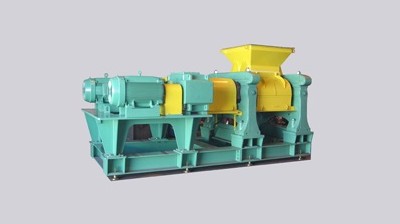 Pulverizers
Pulverizers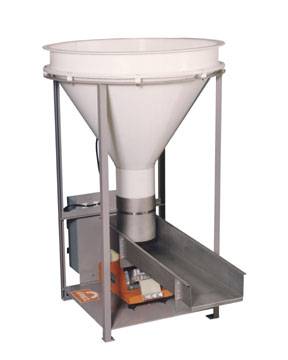 Vibratory Feeders
Vibratory Feeders Castings & Forgings
Castings & Forgings Bulk Material Handling
Bulk Material Handling Electrical & Electronic Components
Electrical & Electronic Components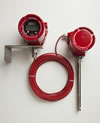 Flow Instrumentation
Flow Instrumentation Hardware
Hardware Material Handling Equipment
Material Handling Equipment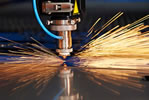 Metal Cutting Services
Metal Cutting Services Metal Forming Services
Metal Forming Services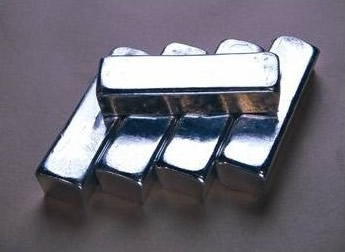 Metal Suppliers
Metal Suppliers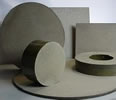 Motion Control Products
Motion Control Products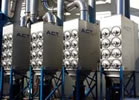 Plant & Facility Equipment
Plant & Facility Equipment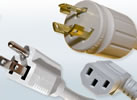 Plant & Facility Supplies
Plant & Facility Supplies Plastic Molding Processes
Plastic Molding Processes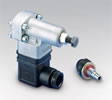 Pumps & Valves
Pumps & Valves Recycling Equipment
Recycling Equipment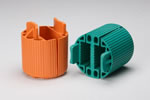 Rubber Products & Services
Rubber Products & Services